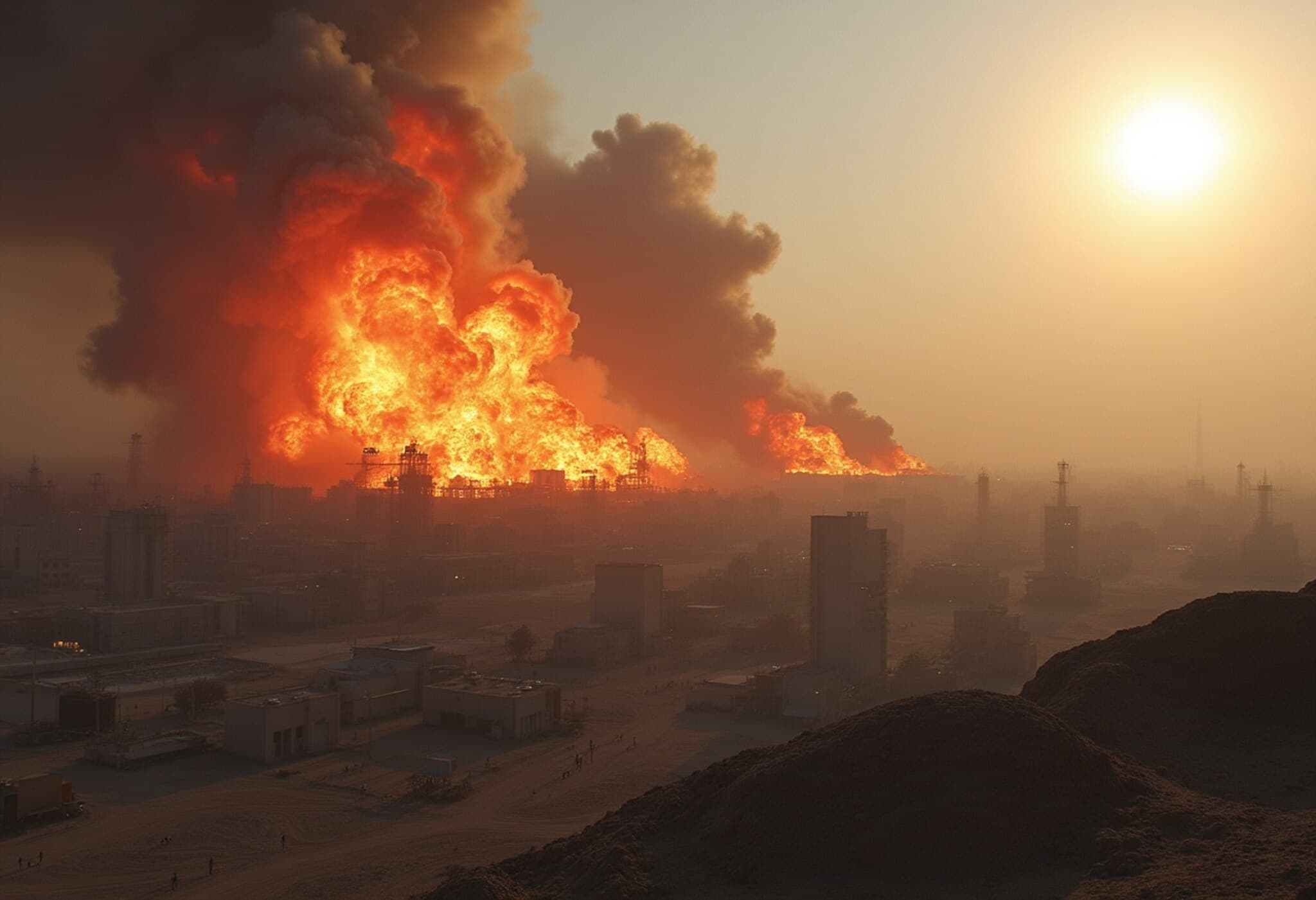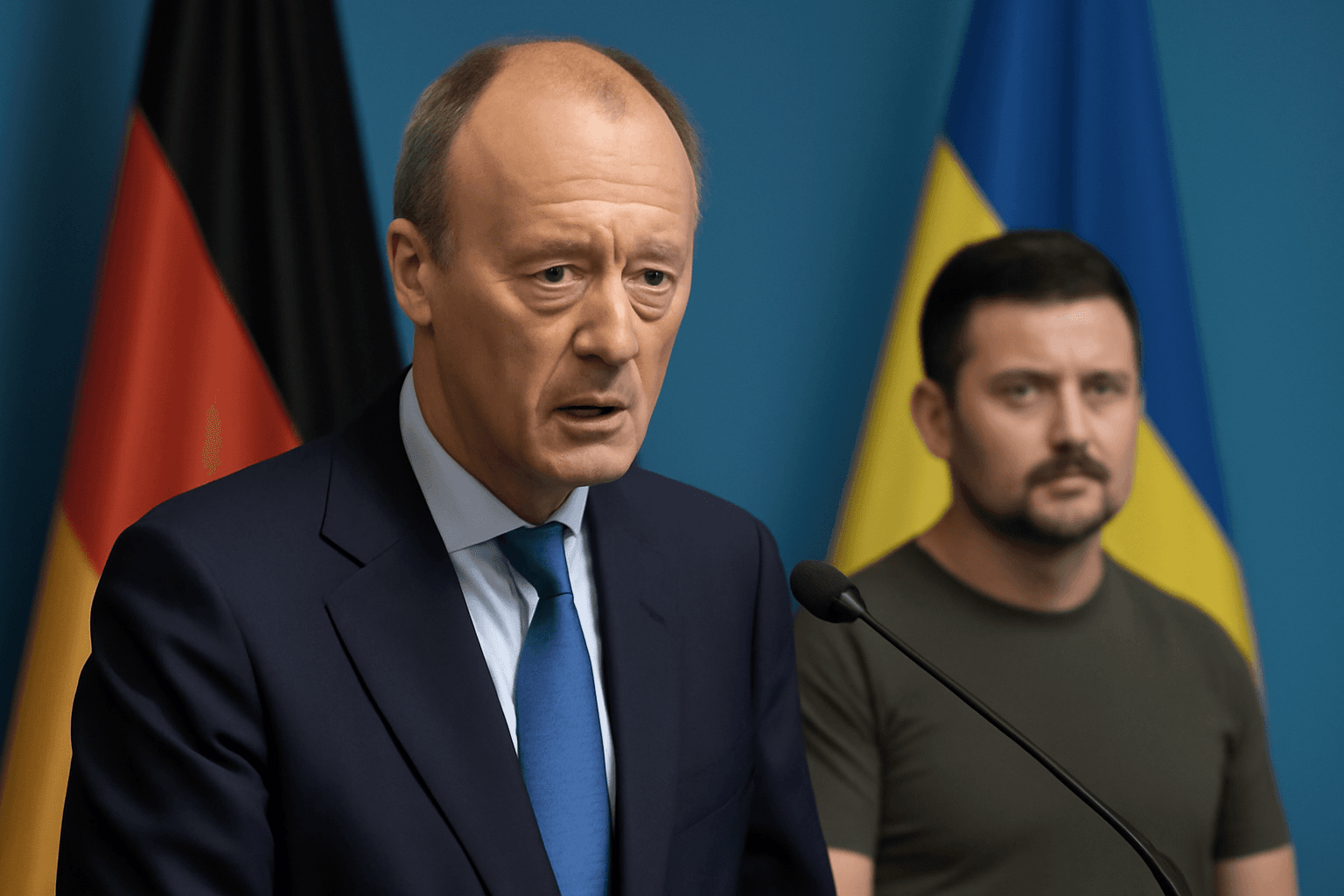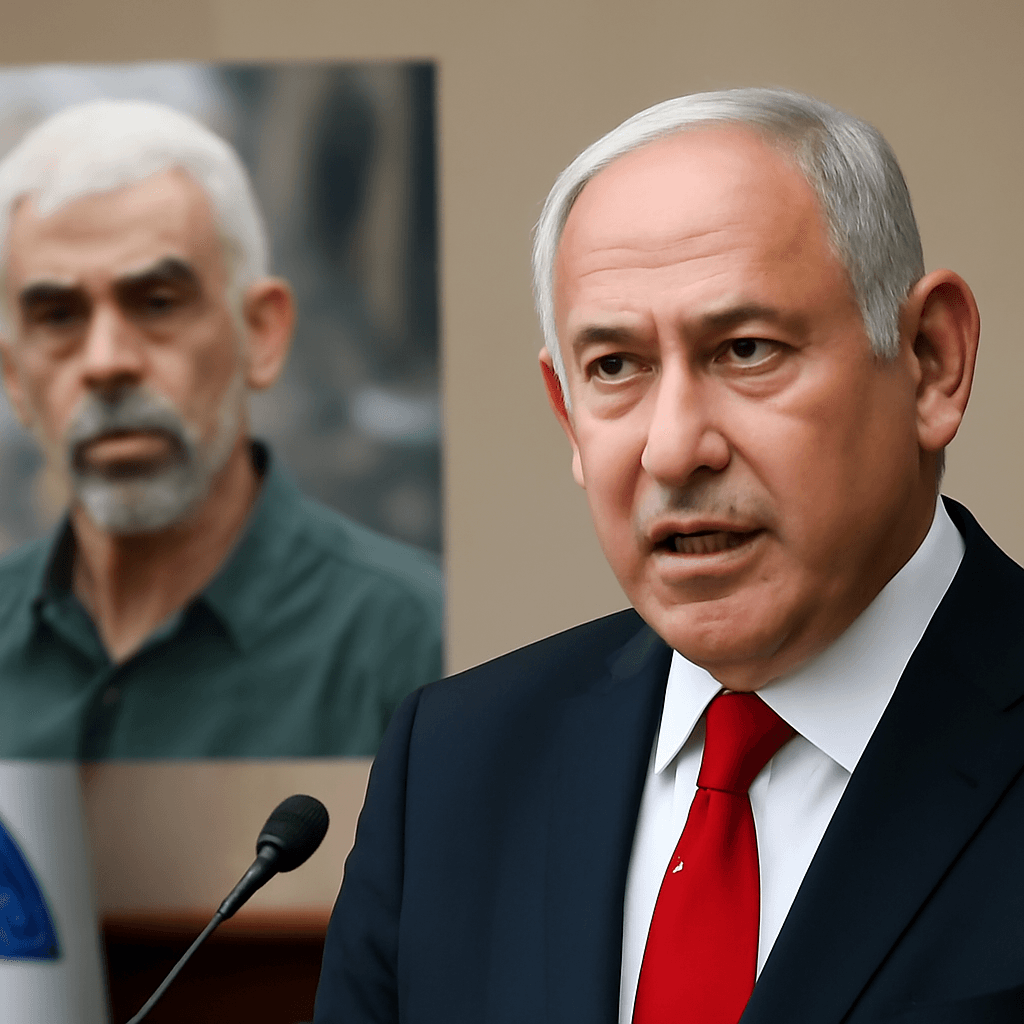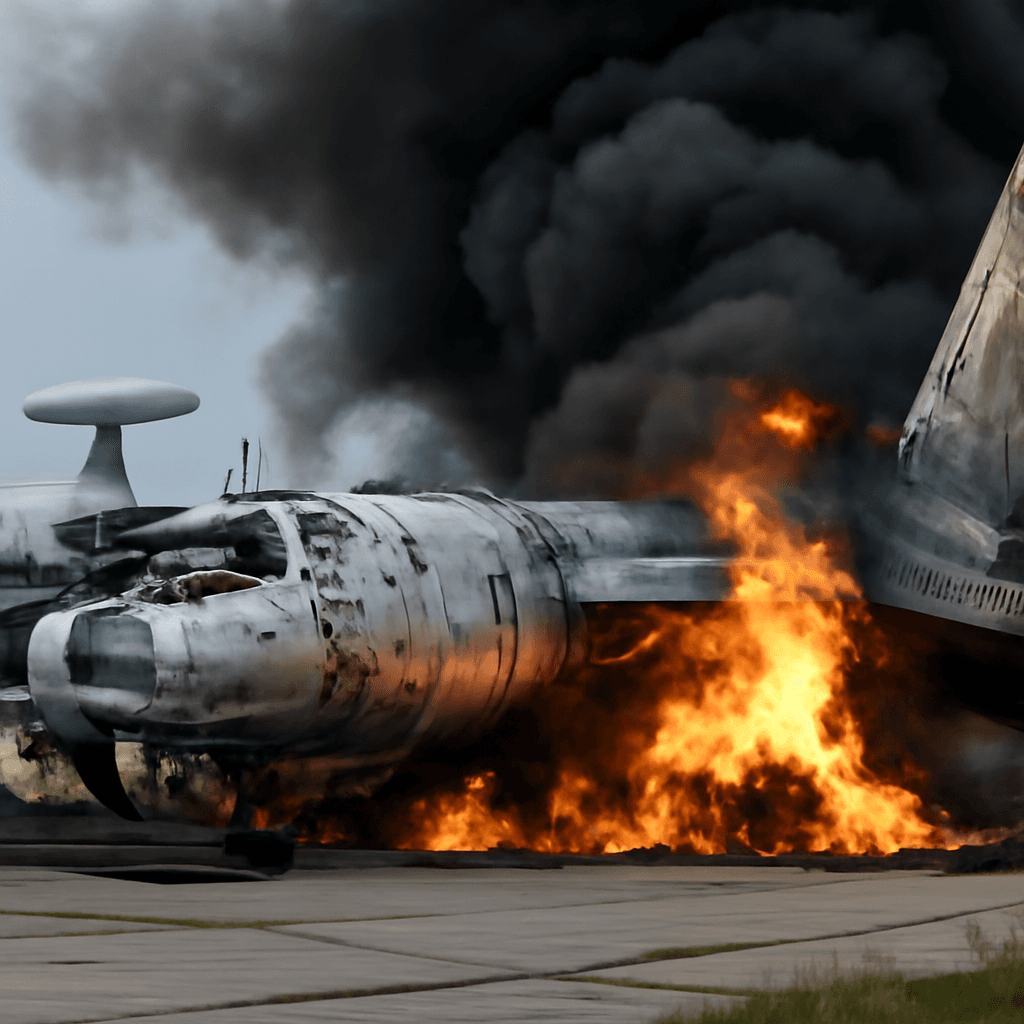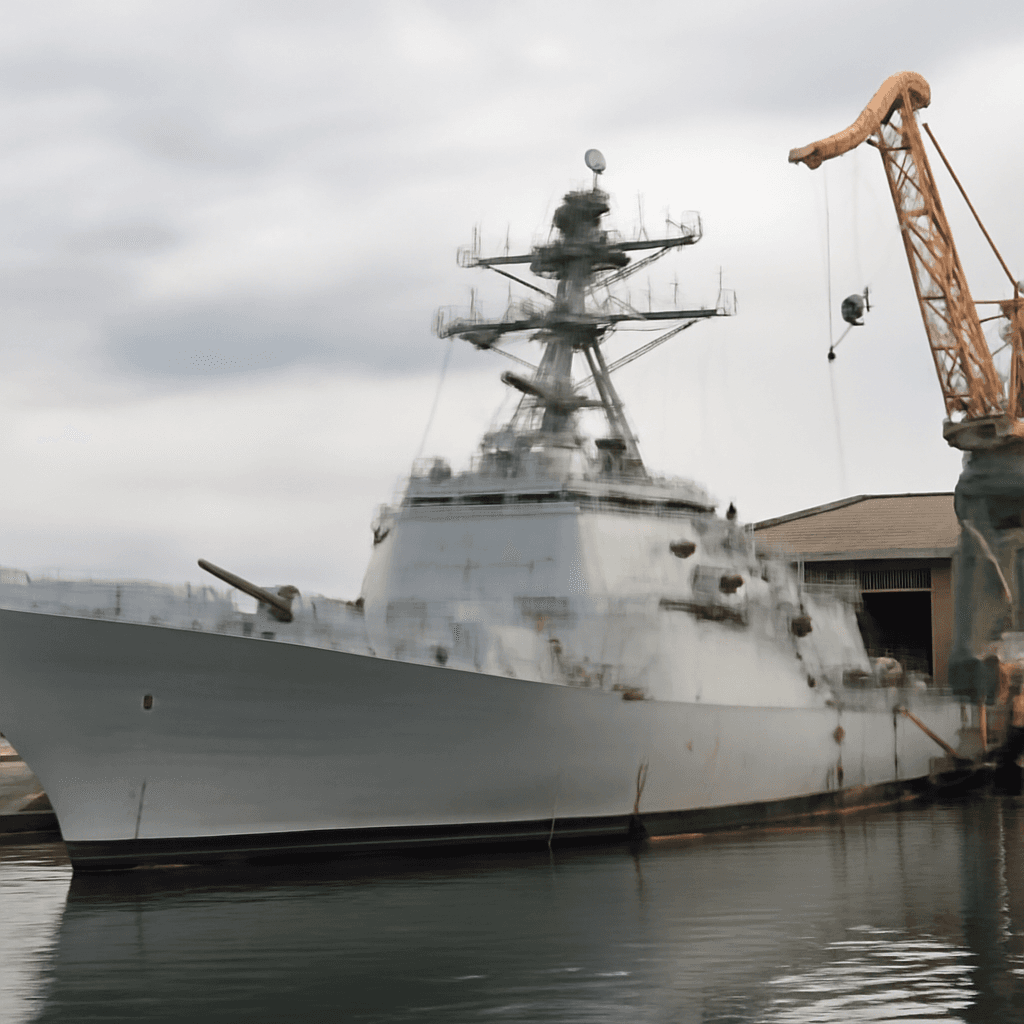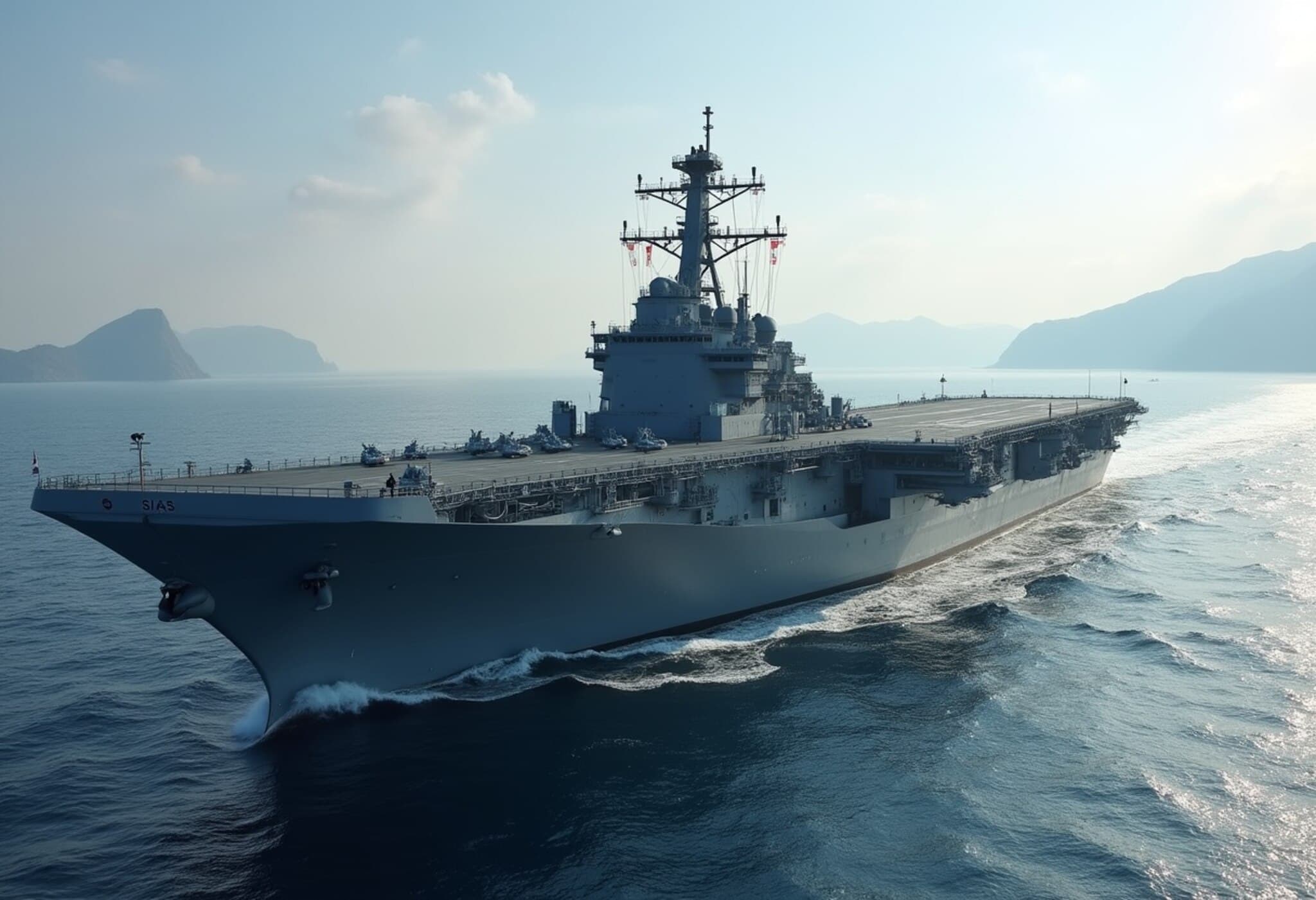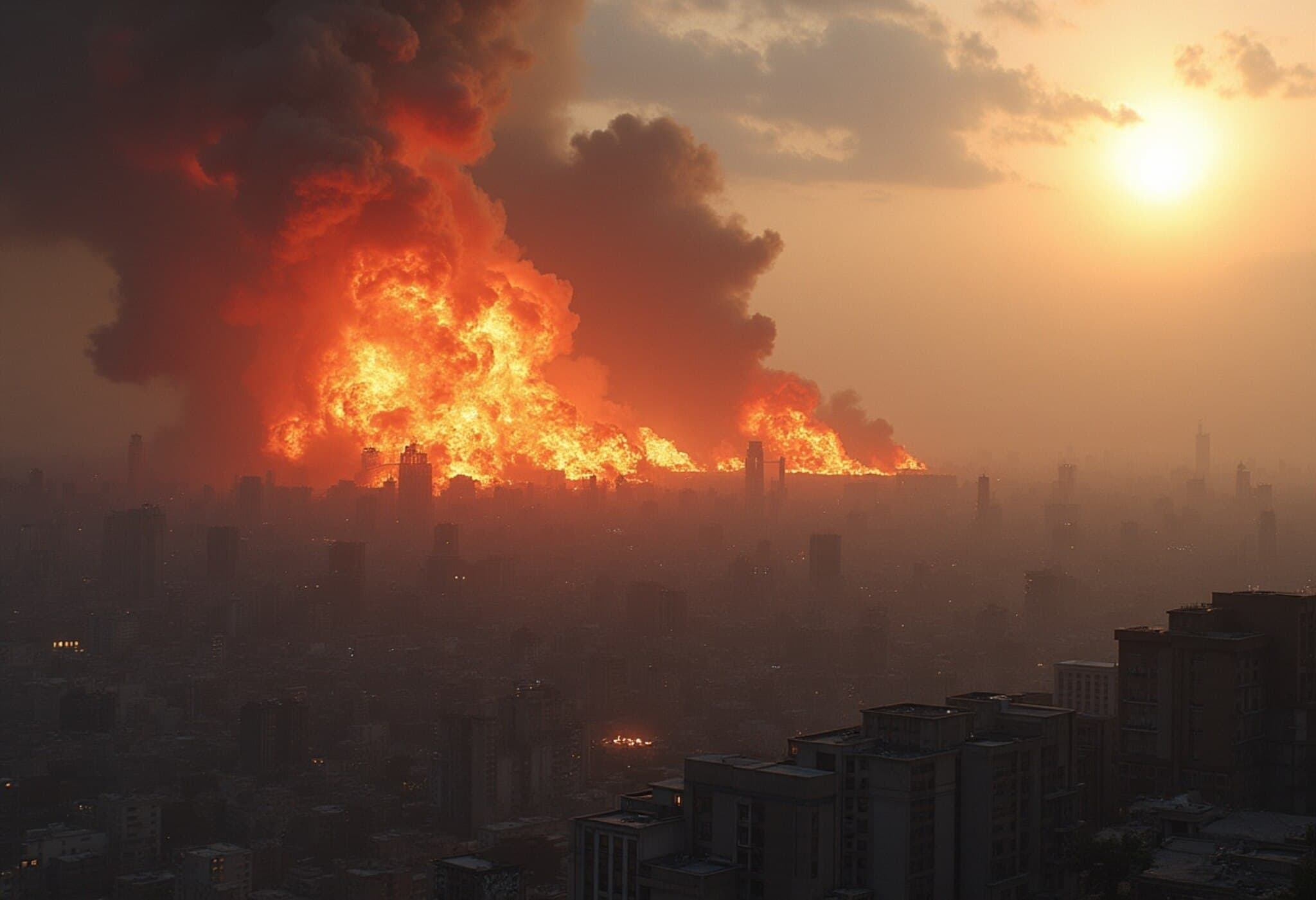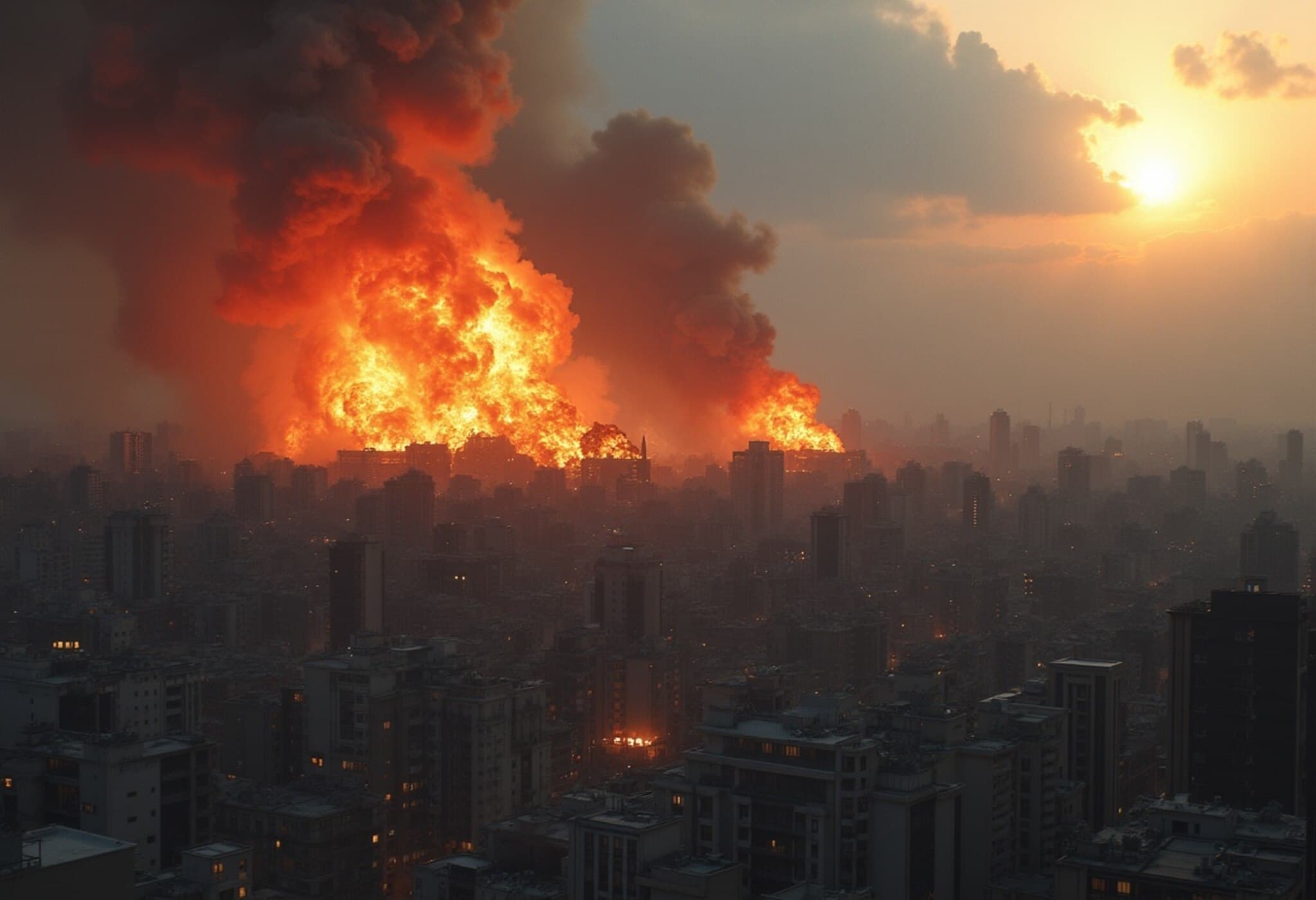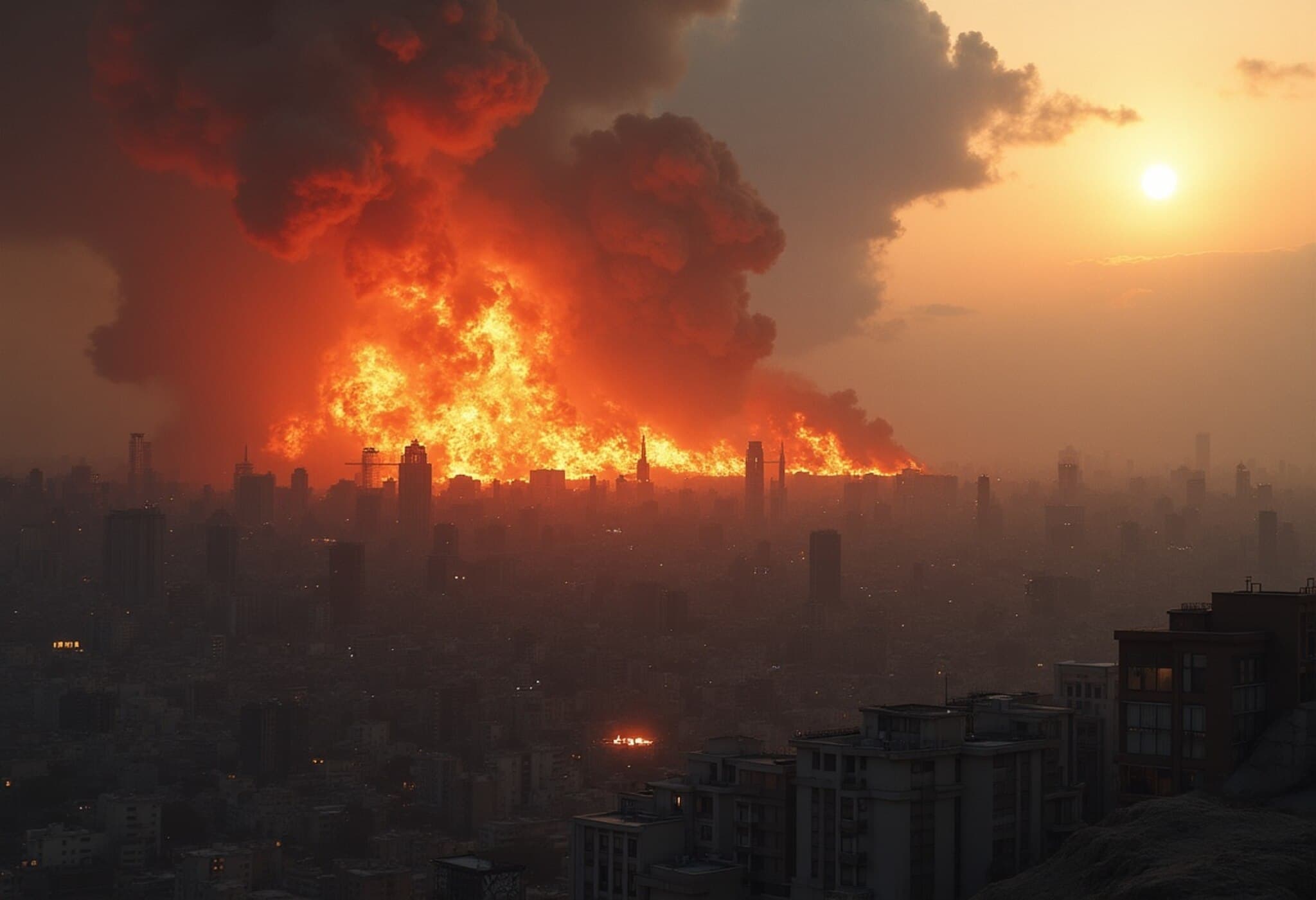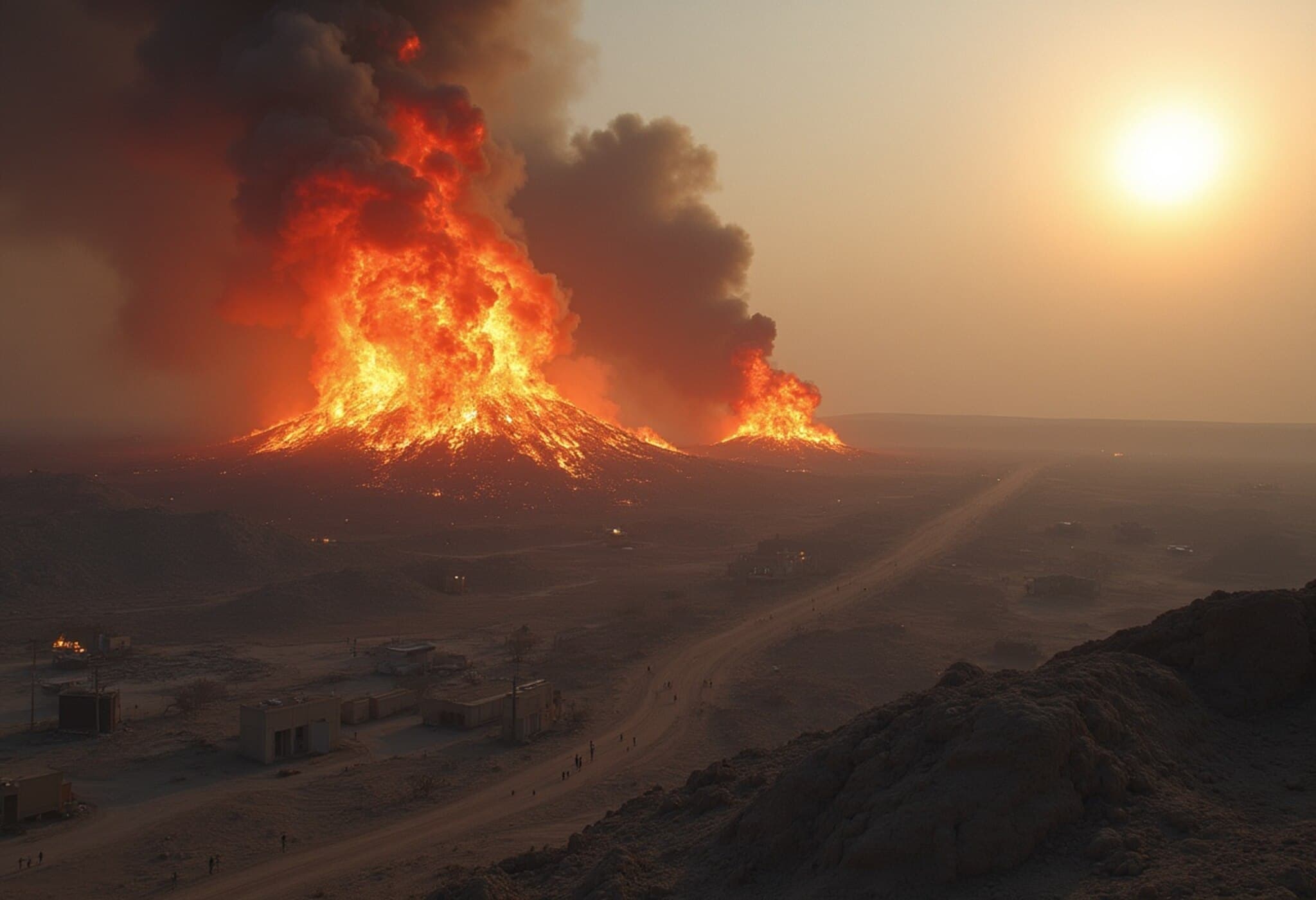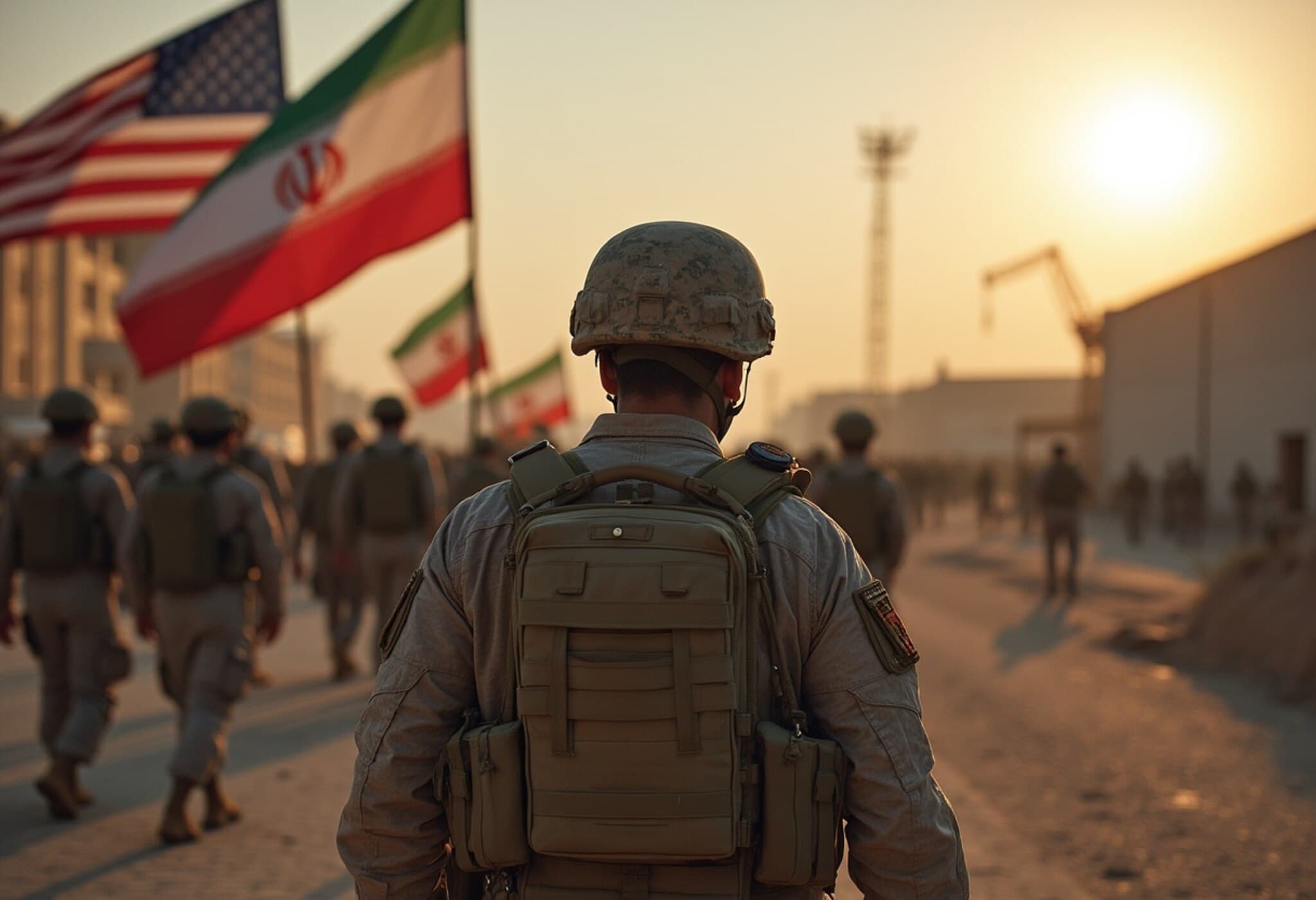US Airstrikes Delay Iran’s Nuclear Program, But Do Not Destroy It
Recent U.S. airstrikes on Iranian nuclear sites, which took place on June 20, failed to dismantle the core of Tehran’s nuclear program, according to a Pentagon intelligence assessment. Rather than obliterating the program, the strikes have delayed its progress by only a matter of months.
Insights from the Pentagon’s Intelligence Report
The Defense Intelligence Agency (DIA) prepared an analysis based on damage assessments conducted by the U.S. Central Command following targeted strikes on three key nuclear facilities in Iran. While the assessment is still evolving as new information comes in, initial findings suggest the damage caused is limited.
Contradicting claims from U.S. leadership, particularly the President’s statement that the nuclear sites were "completely and totally obliterated," the report indicates that the core infrastructure remains largely intact. The Pentagon’s Secretary of Defense echoed the President’s confidence, stating that Iran's nuclear ambitions had been dealt a serious blow.
Preservation of Uranium Stockpile and Centrifuges
Sources close to the developments reveal that Iran’s enriched uranium stockpile was not destroyed by the strikes. An estimated 400 kilograms of uranium enriched to 60% purity—just shy of weapons-grade—had been relocated prior to the attacks, potentially to undisclosed nuclear sites.
Moreover, the centrifuges, critical for uranium enrichment and targeted in both Israeli and U.S. operations, remain largely operational. This suggests that while disruption occurred, vital components necessary for progressing toward nuclear capability have survived.
White House Disputes Intelligence Assessment
In response to the report, the White House acknowledged its existence but firmly rejected its conclusions. The Press Secretary labeled the assessment as "flat-out wrong," criticizing the leak of what was considered a "top secret" document. She emphasized that precision bombing had resulted in the "total obliteration" of the intended targets.
Regarding the whereabouts of Iran’s enriched uranium, U.S. officials admitted uncertainty, noting plans to act decisively concerning the relocated nuclear material in the coming weeks.
What This Means for Regional Stability
While the strikes serve as a setback to Iran’s nuclear ambitions, the resilience of critical components means that the threat of nuclear development persists. The intelligence community’s cautious assessment highlights the complexities of disrupting such covert and multi-layered programs.
As the situation unfolds, policymakers continue to balance military action with diplomatic efforts, aiming to contain risks without escalating tensions further.
Note: This article provides a fact-based update on developments related to U.S. military actions against Iran’s nuclear facilities and the subsequent intelligence findings, reflecting ongoing assessments and official statements as of late June 2025.

